In 1900, one of the first steel bridges in Indochina connecting the two banks of the Perfume River was inaugurated (built by the contractor Schneider et Cie et Letellier). The bridge, consisting of 6 spans and 402 m long, was named Thanh Thai (the king's reign name).
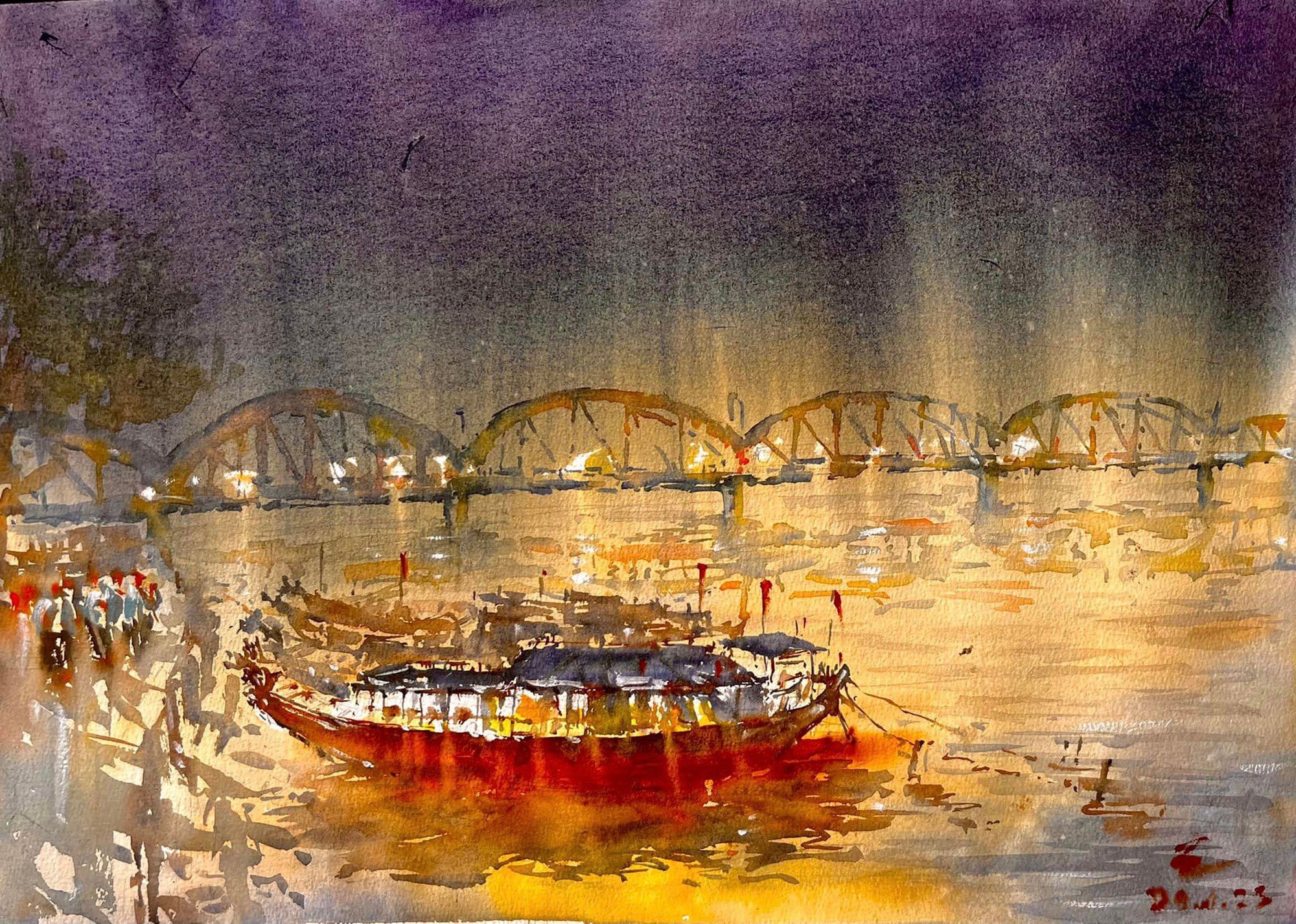
The shimmering Truong Tien Bridge connecting the two banks of the Perfume River - sketch by artist Nguyen Tan Nhat
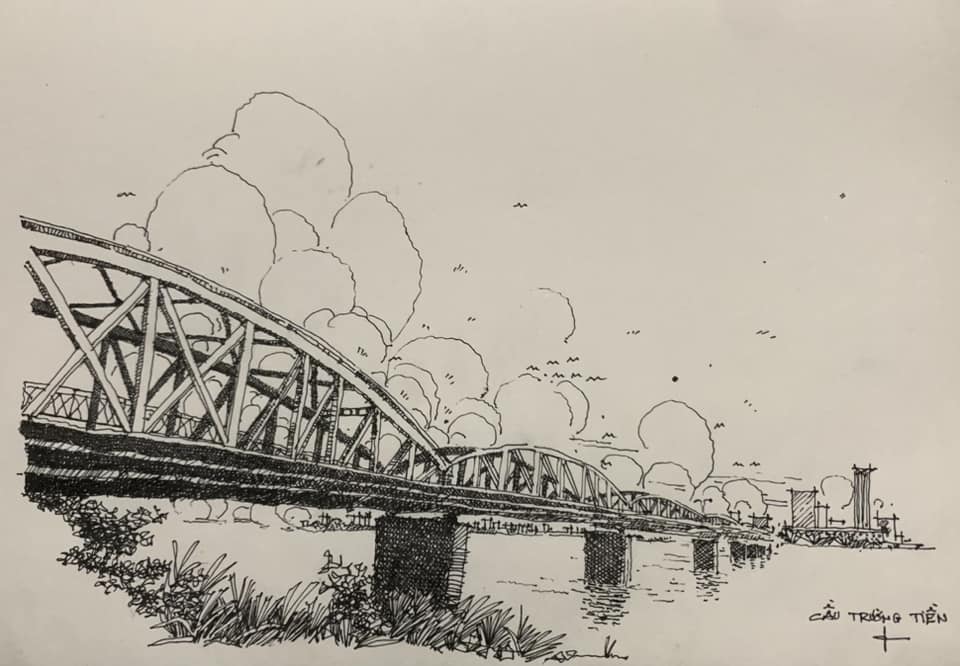
Sketch by artist Ngoc Nguyen
In 1919, the bridge was renamed Clemenceau (the name of the French prime minister at that time). When Japan staged a coup against France in 1945, the government of Tran Trong Kim also changed the bridge's name from Clemenceau to Nguyen Hoang (the first Nguyen lord who opened up Dang Trong).
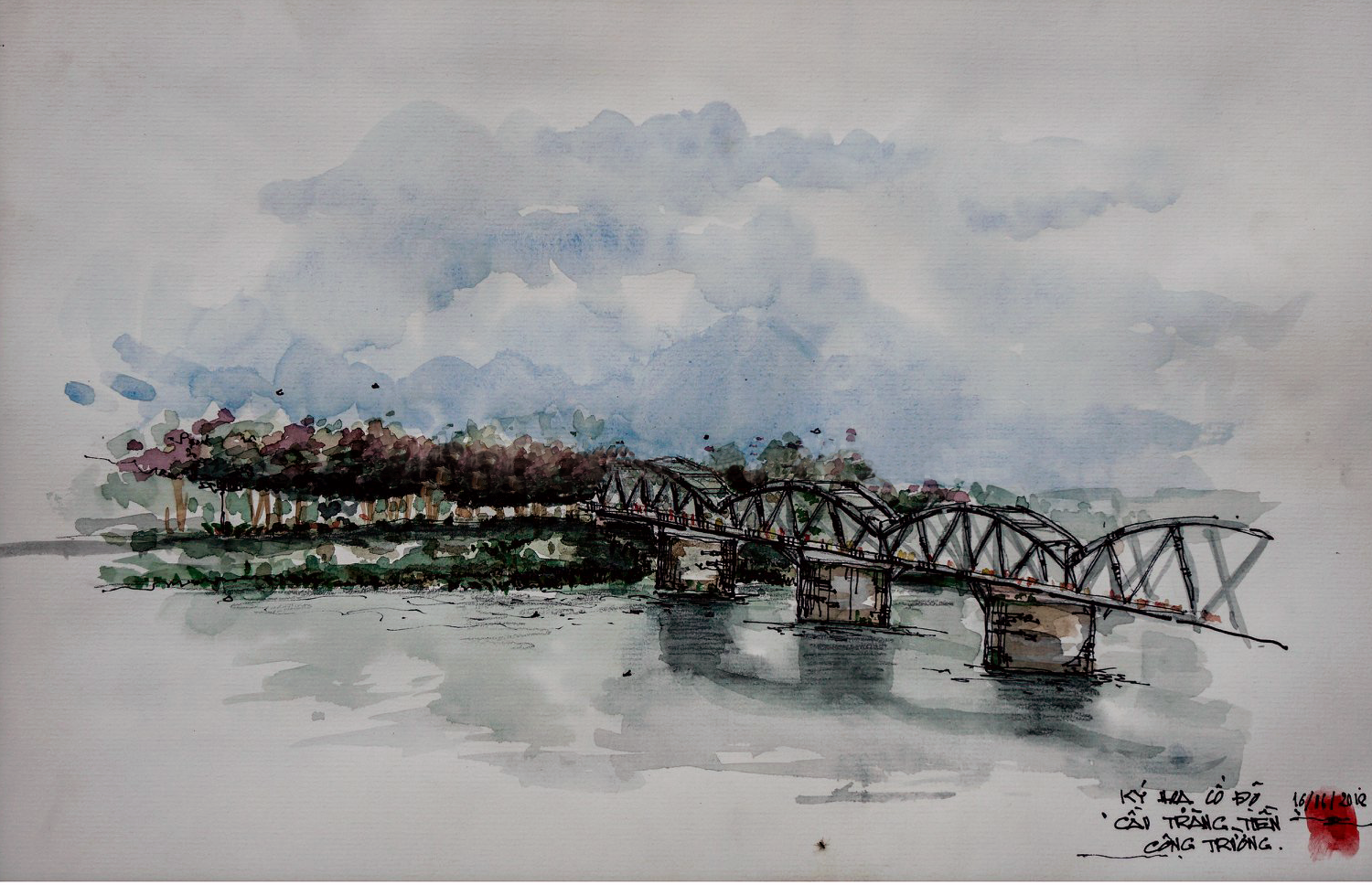
Sketch by Architect Vuong Cong Truong
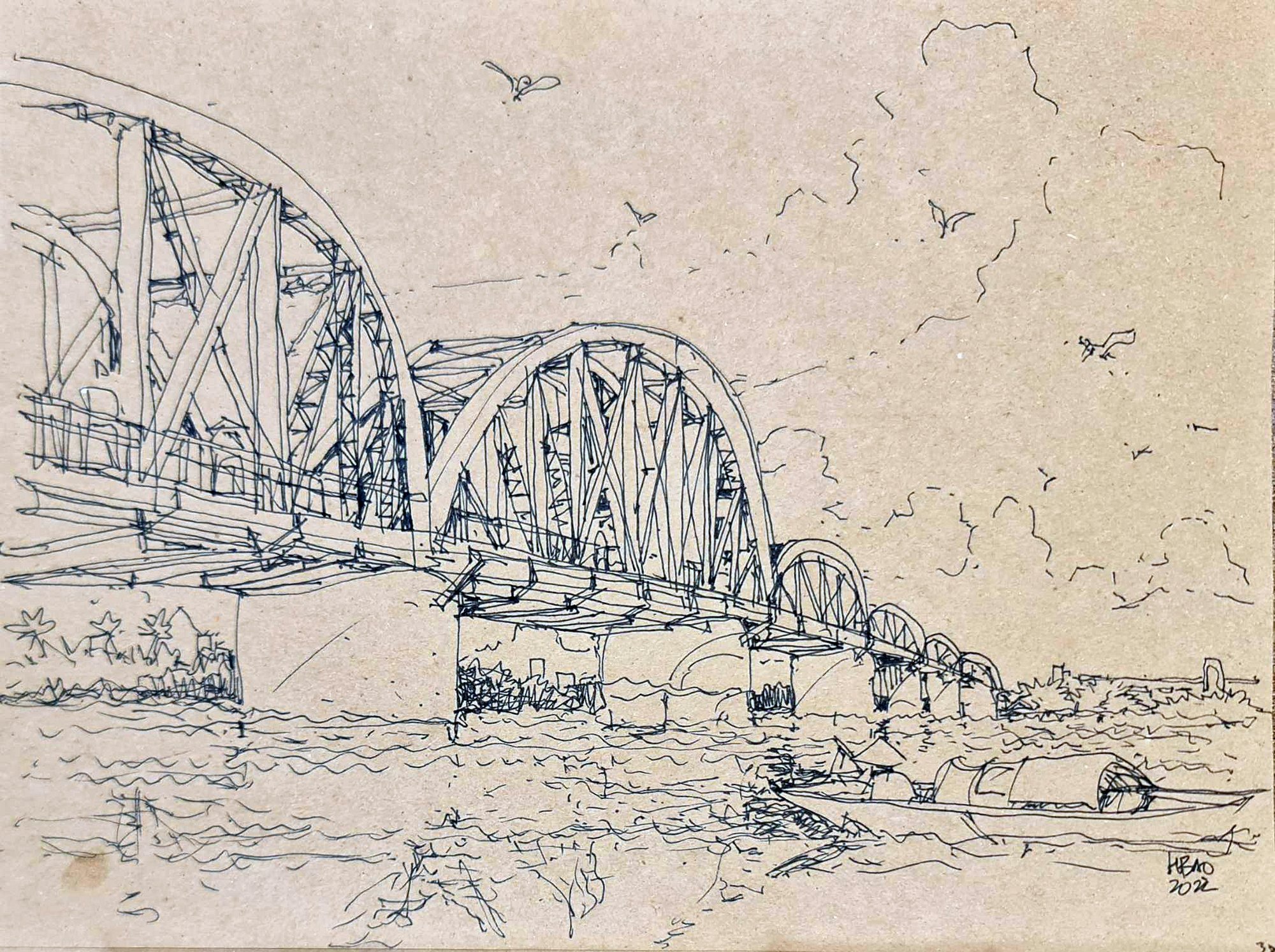
Sketch by Architect Bui Hoang Bao
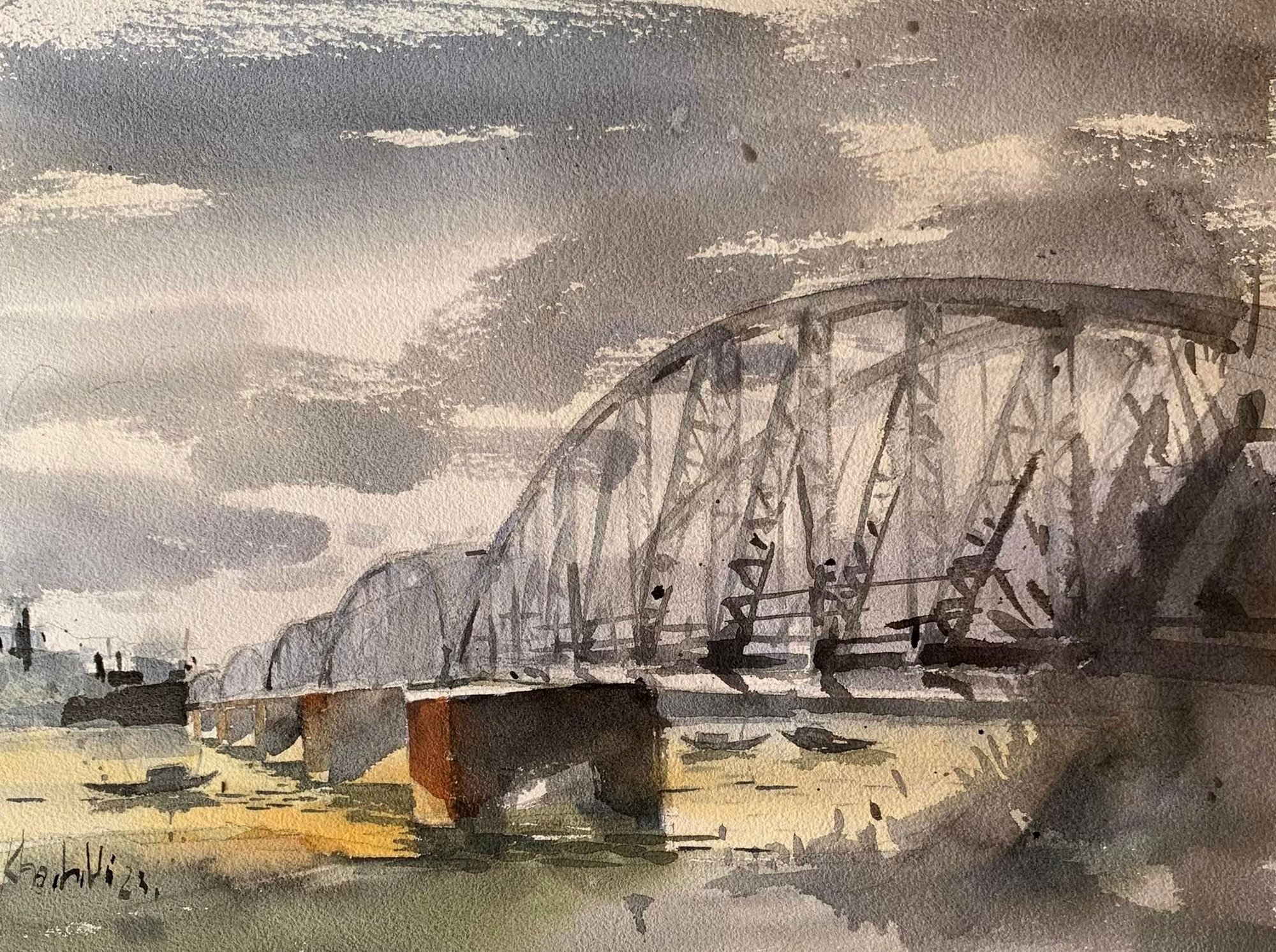
Sketch by Architect Nguyen Khanh Vu
However, the most popular name is still Truong Tien. The origin of this name is that in the late 18th century, during the Nguyen Dynasty, there was a mint on the north bank of the Perfume River. The ferry next to it was called Truong Tien ferry (Truong Tien in Nom script means mint), so when the bridge crossed here, people also called it Truong Tien bridge.
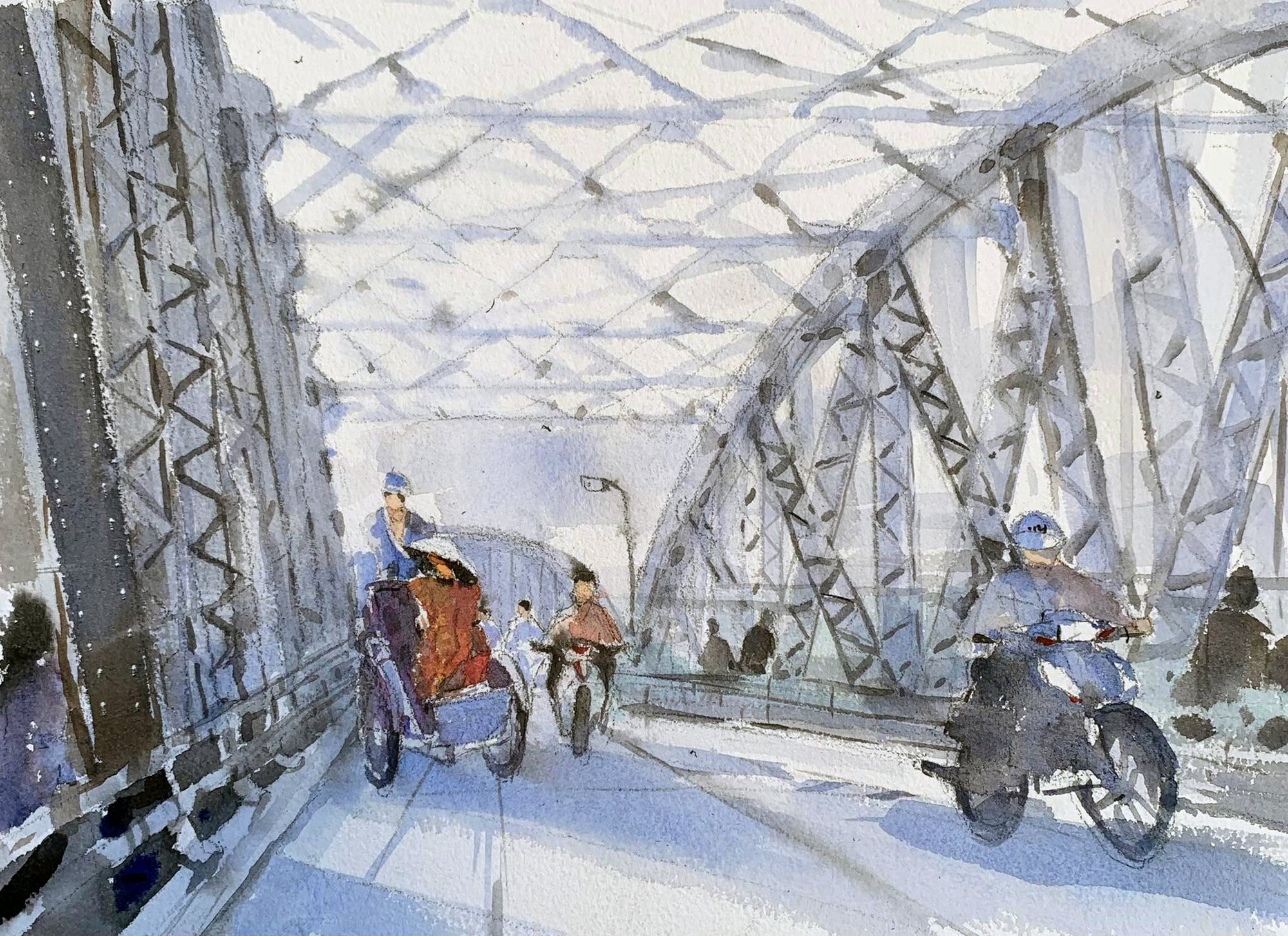
Sketch by Architect Nguyen Khanh Vu
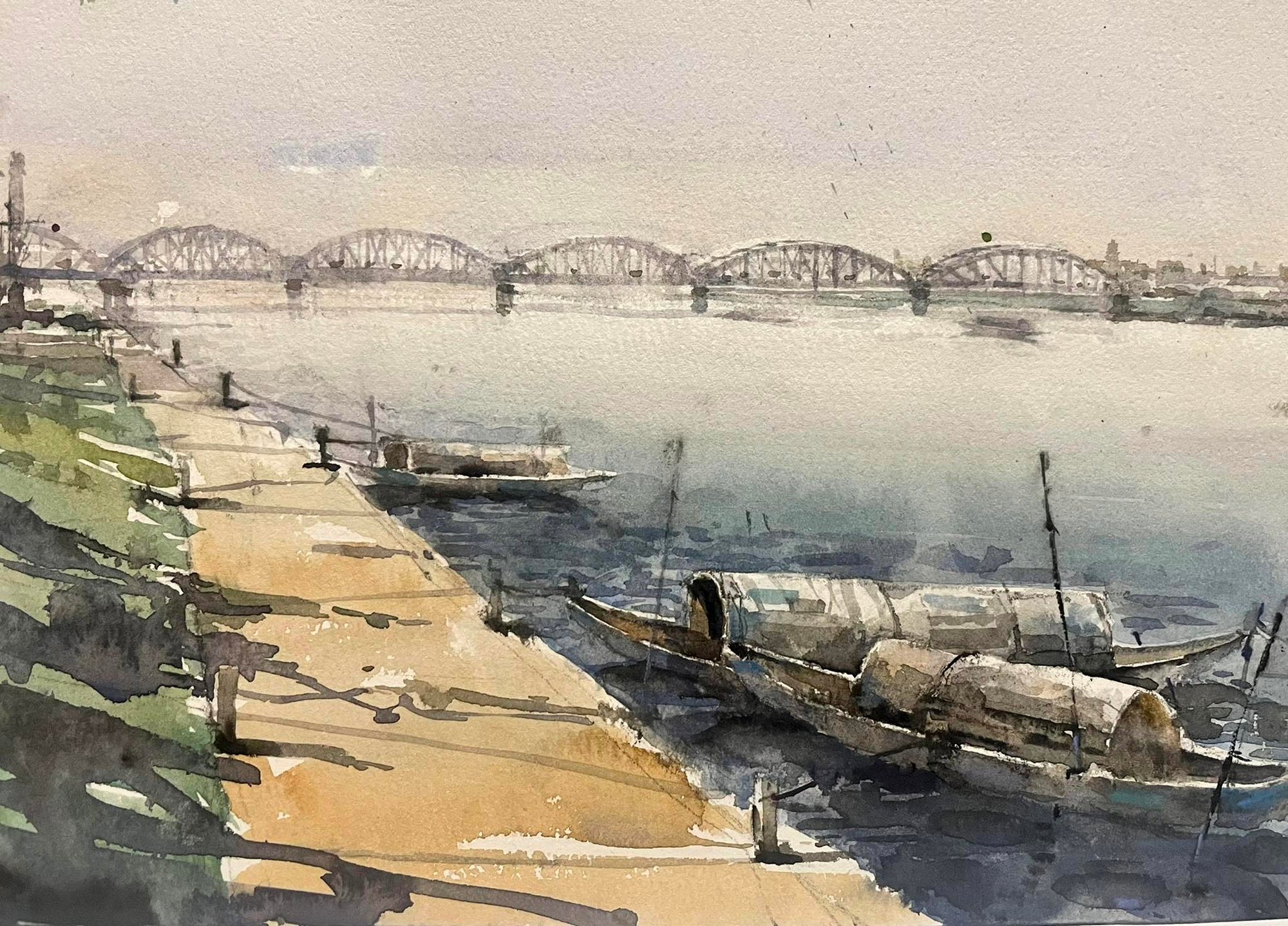
Sketch by Architect Dang Phuoc Tue
Since its inception, Truong Tien Bridge has collapsed three times due to natural disasters and wars. In 1937, the Eiffel Company (France) repaired and expanded Truong Tien Bridge and completed it in November 1939. In 1991, the bridge underwent a major renovation. In 2002, a color-changing lighting system was installed on Truong Tien Bridge.
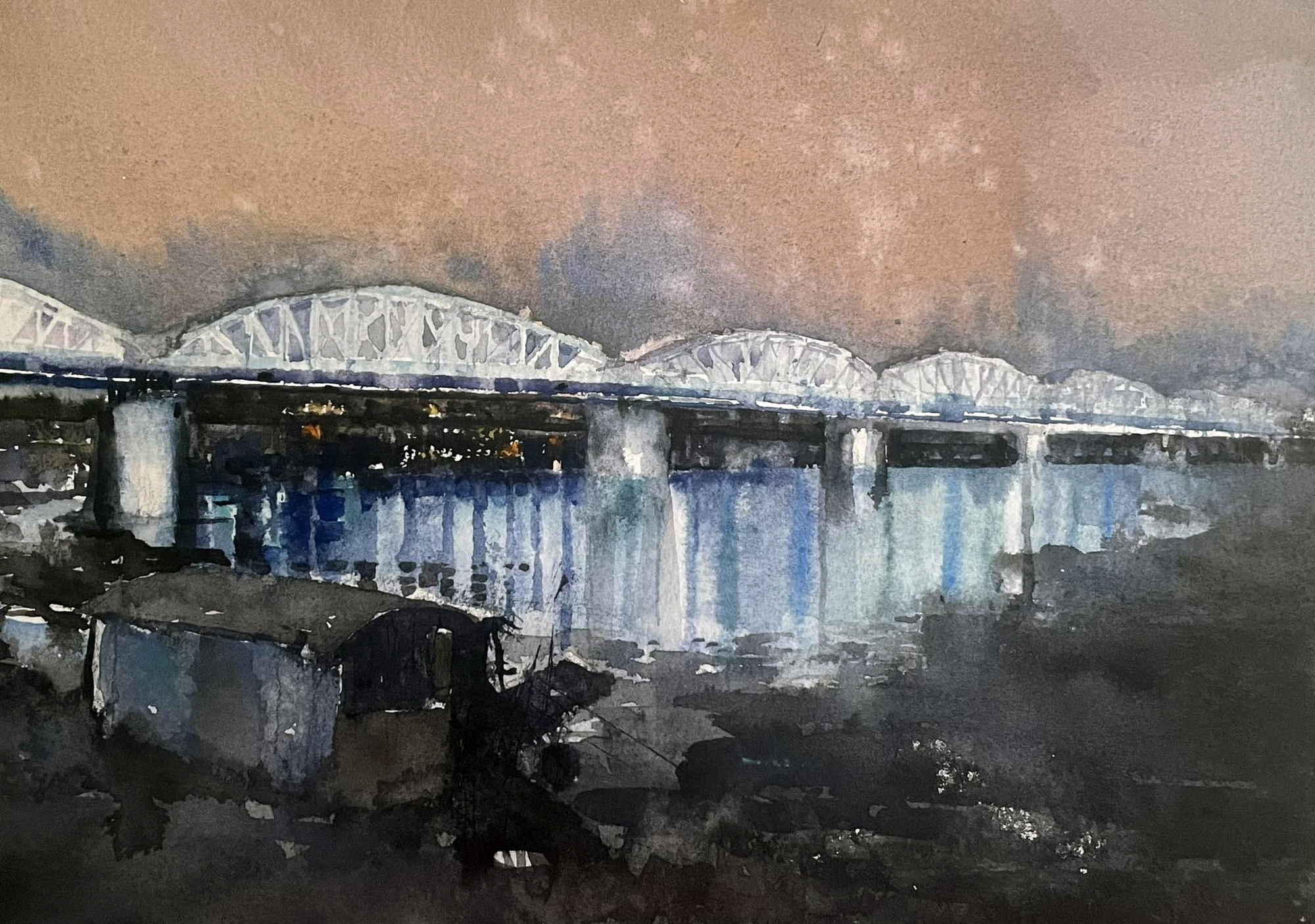
Truong Tien Bridge at night - sketch by architect Dang Phuoc Tue
Source link





![[Photo] Visiting Cu Chi Tunnels - a heroic underground feat](https://vstatic.vietnam.vn/vietnam/resource/IMAGE/2025/4/8/06cb489403514b878768dd7262daba0b)


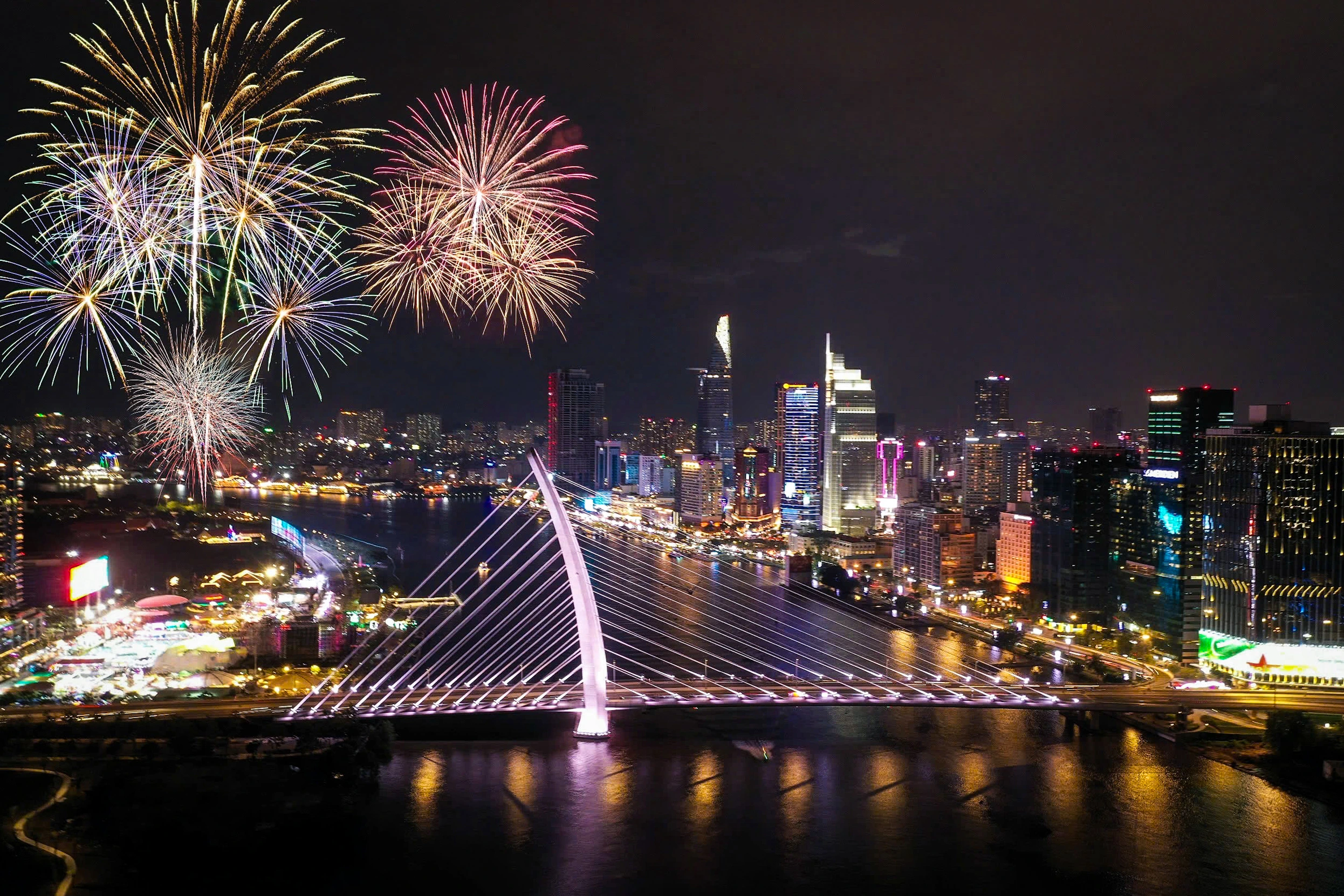
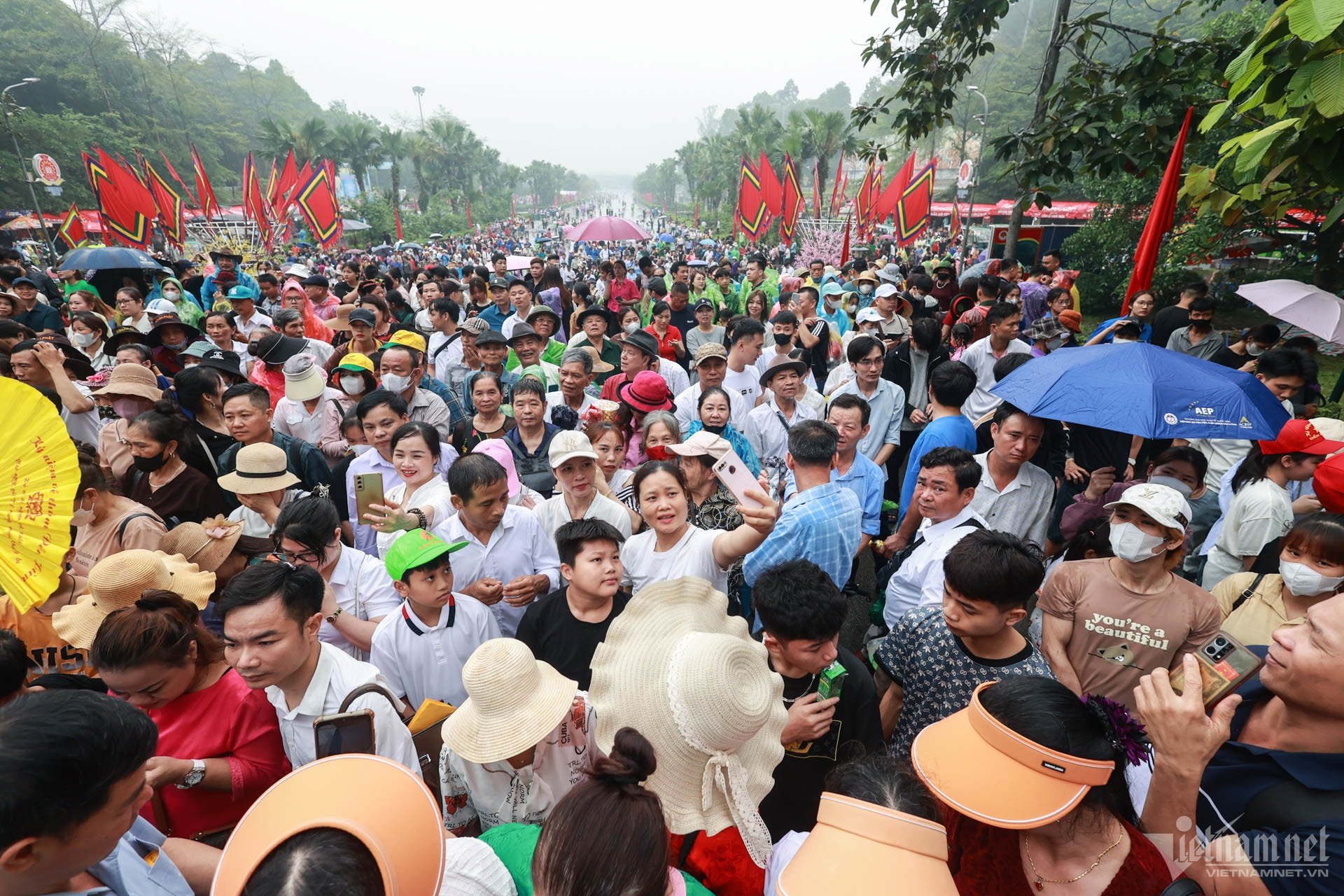

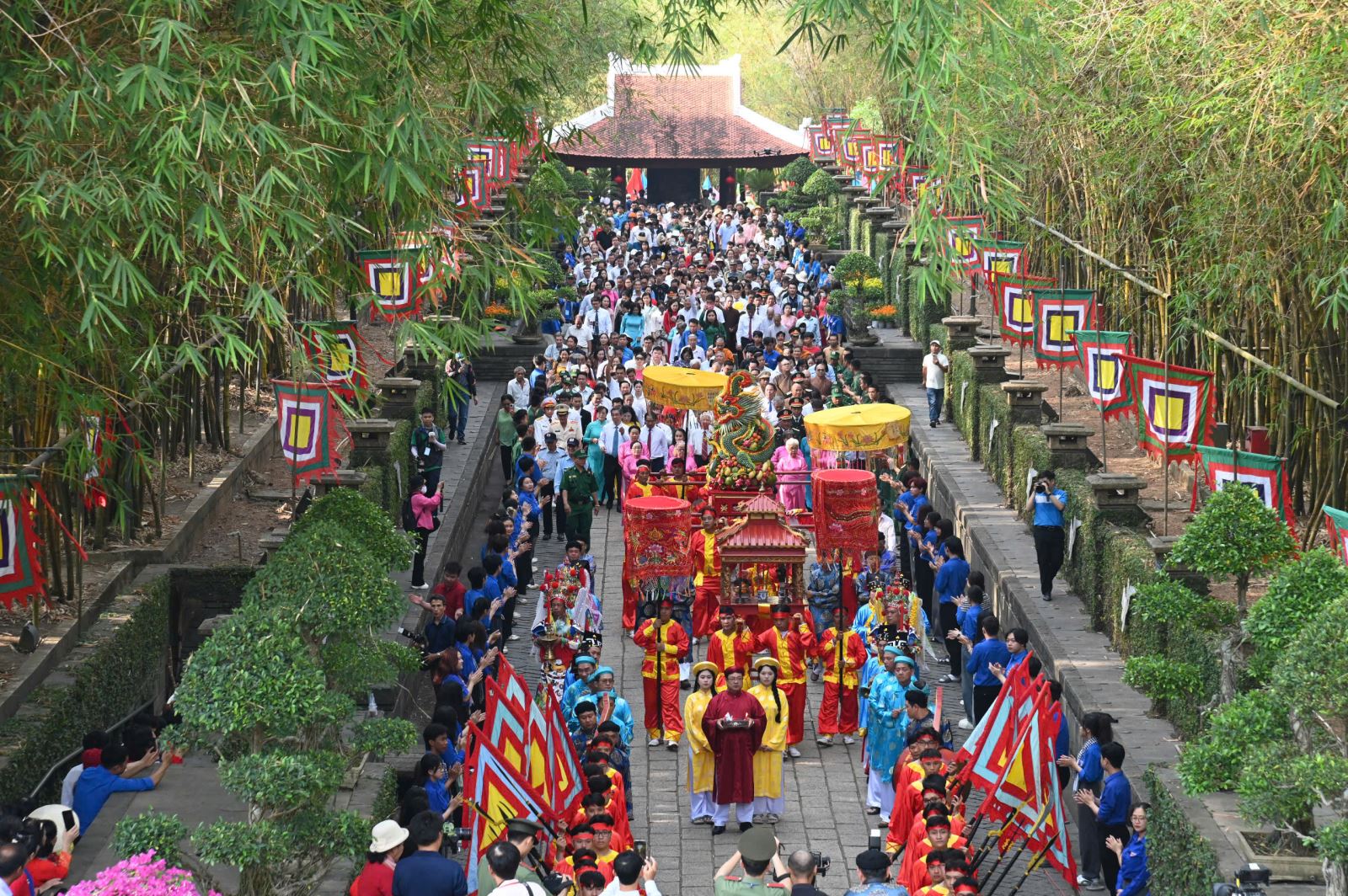
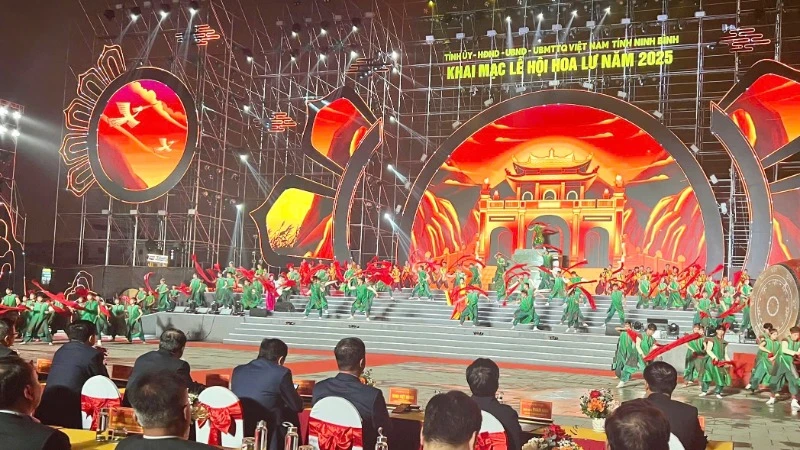
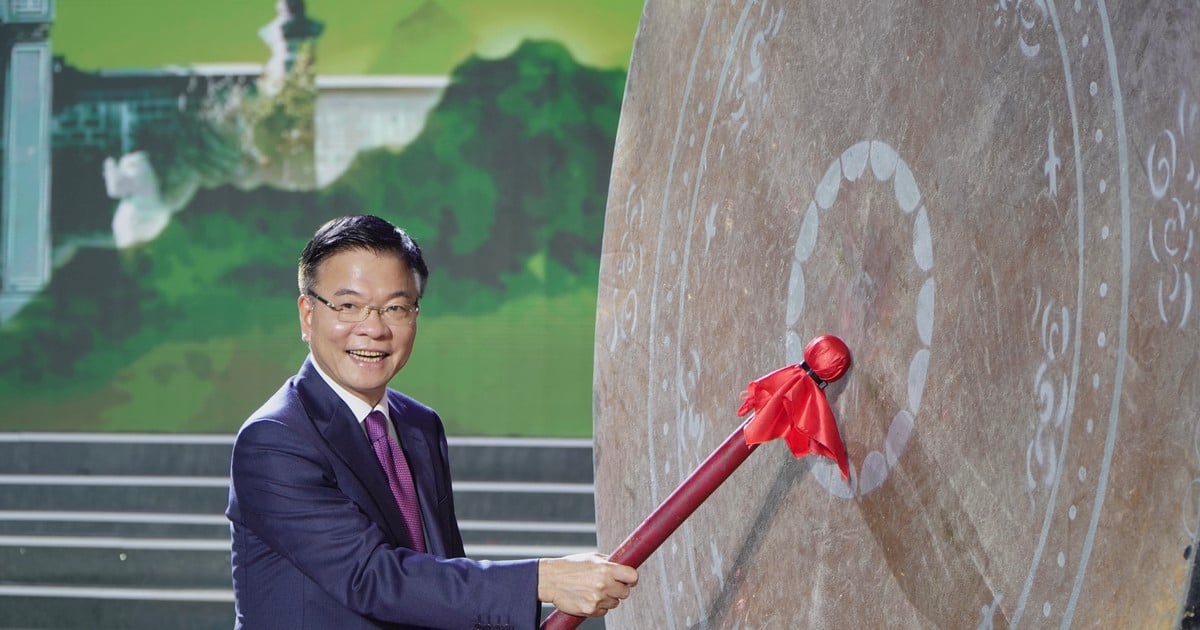



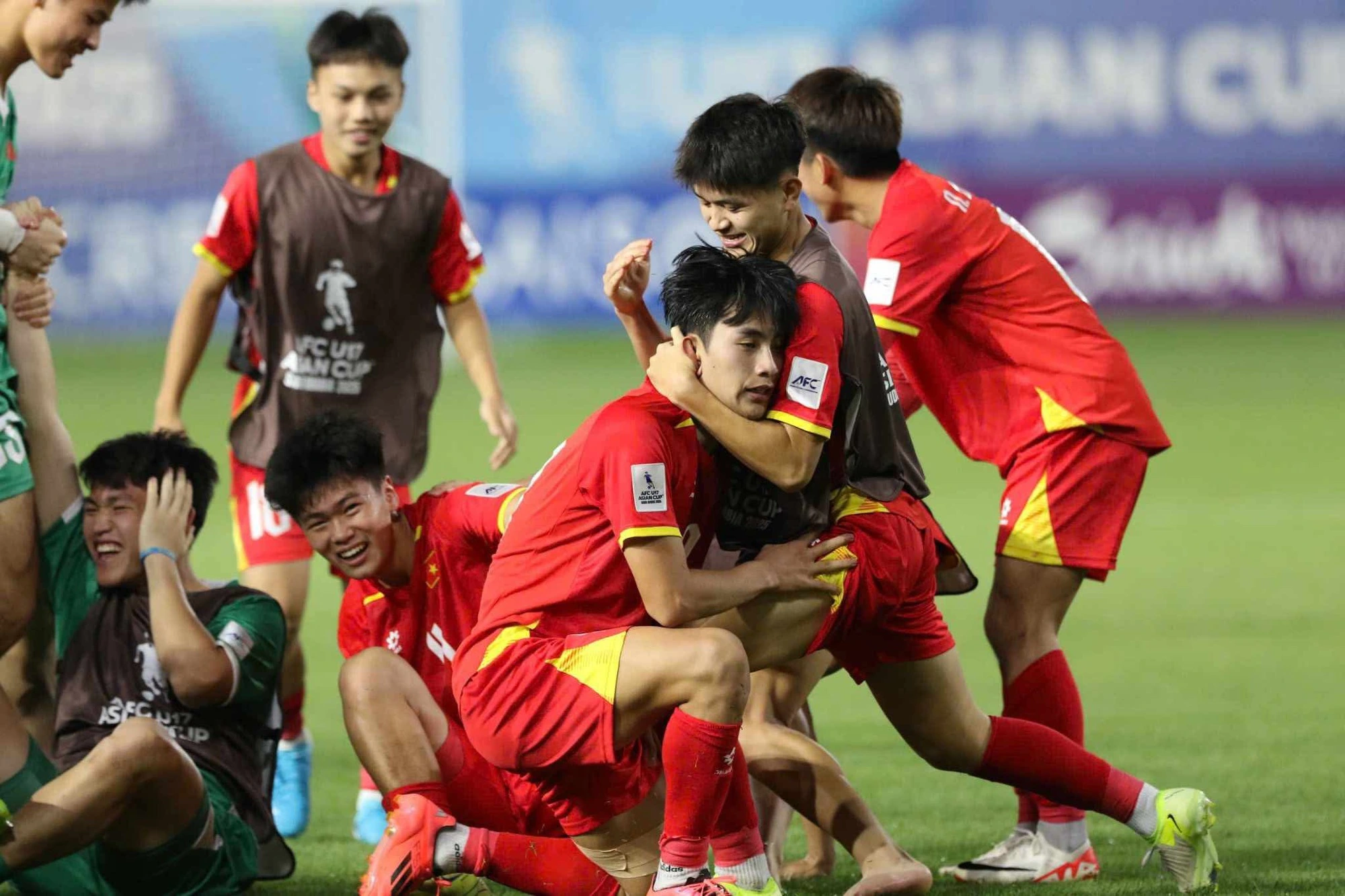
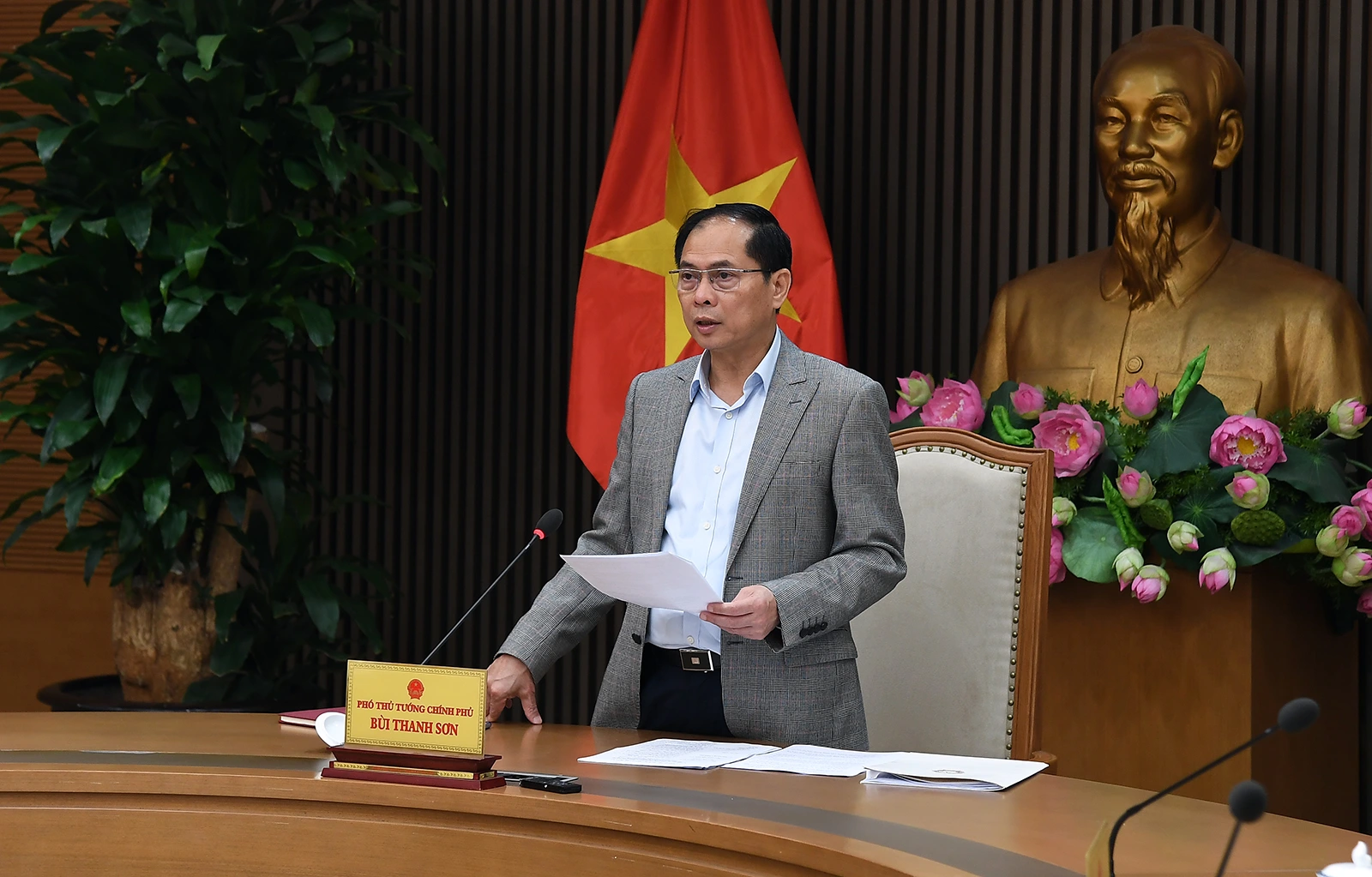

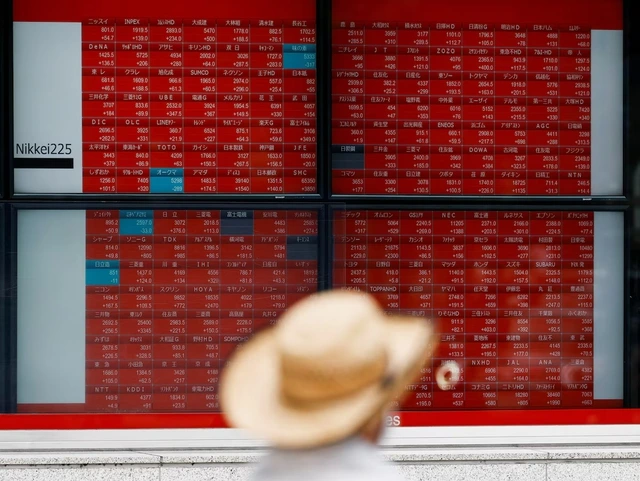

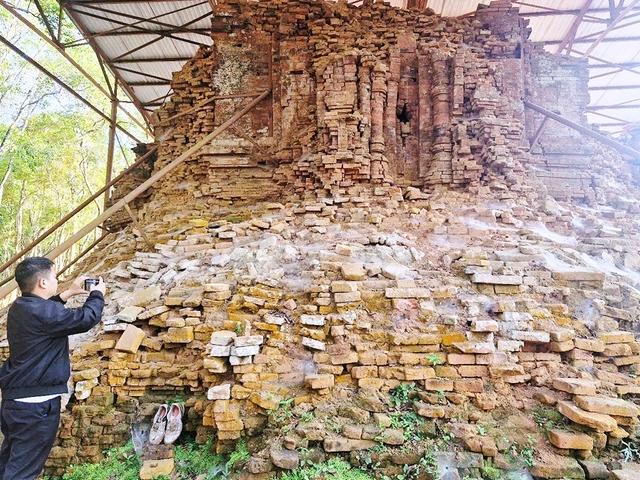


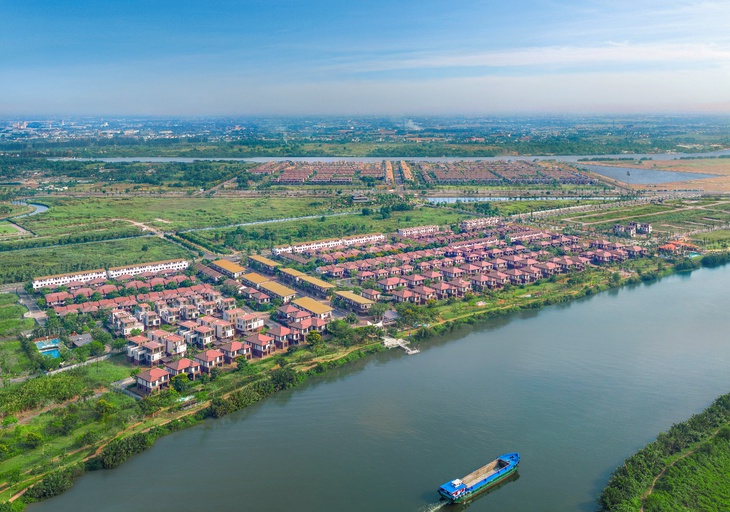

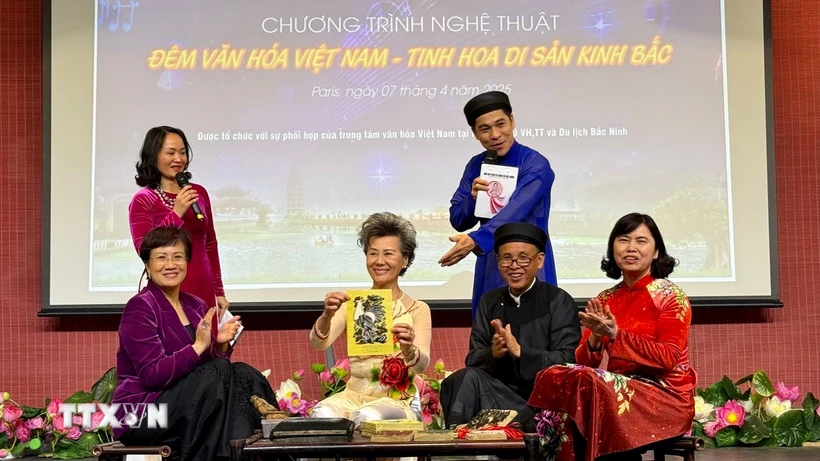

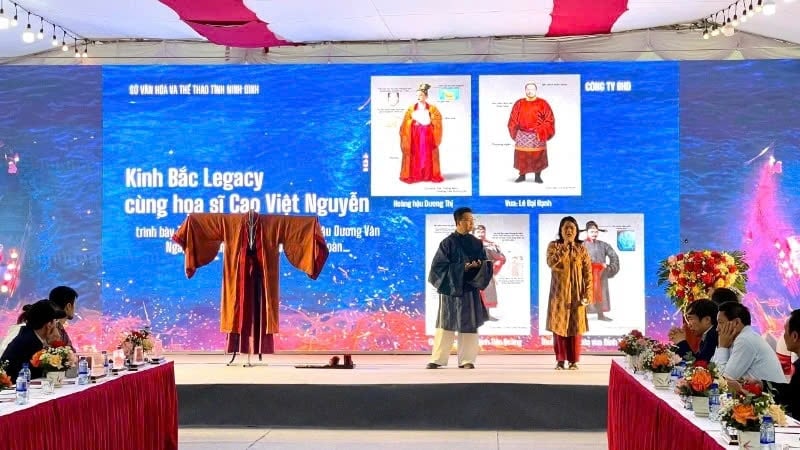



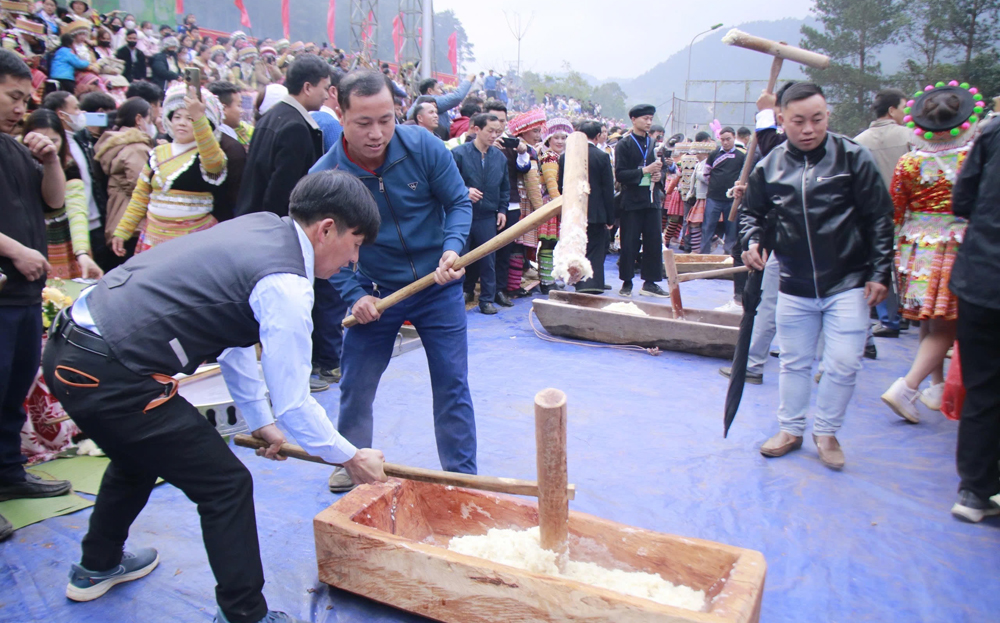

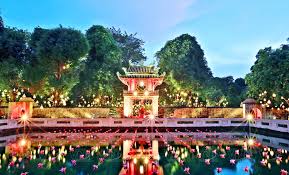















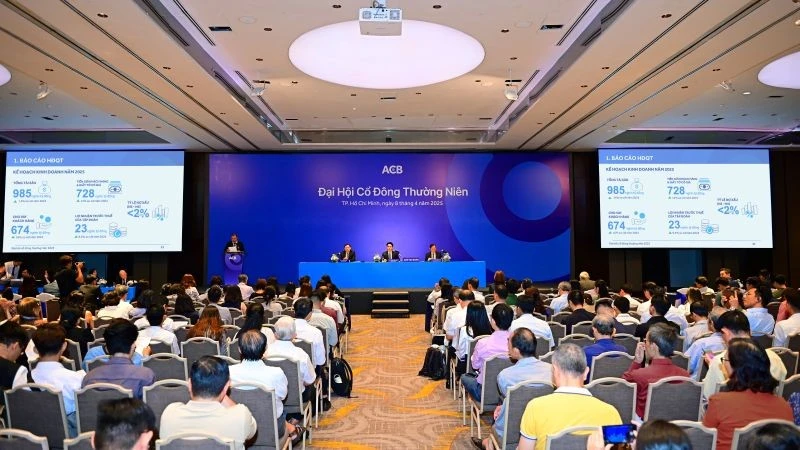

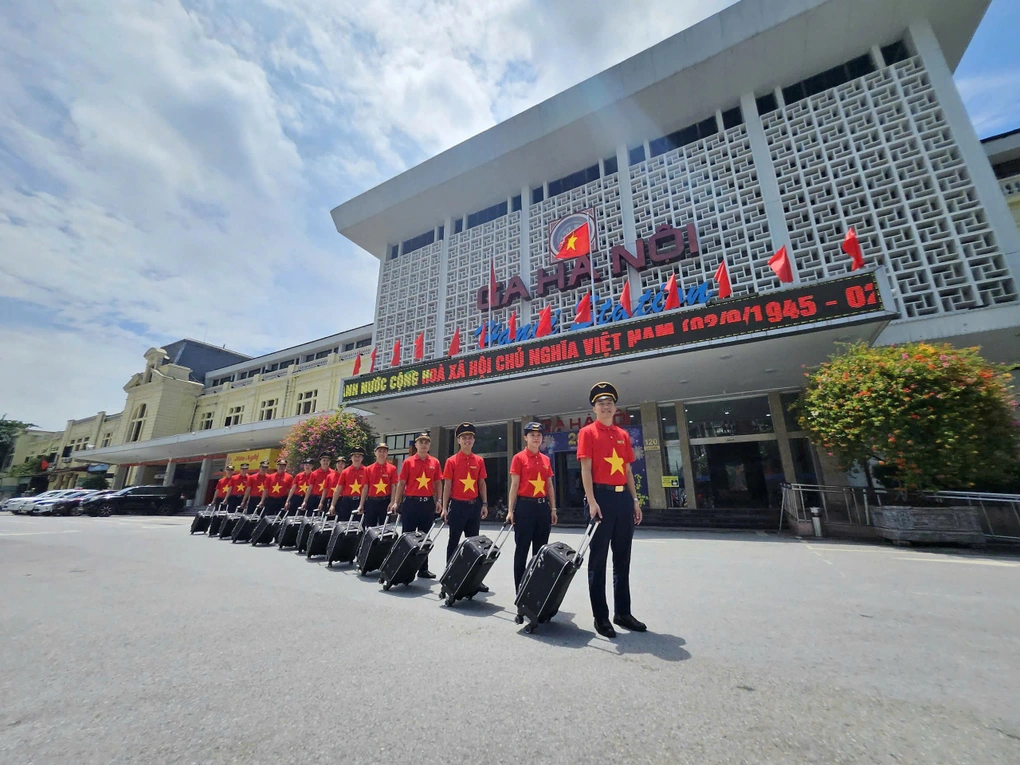


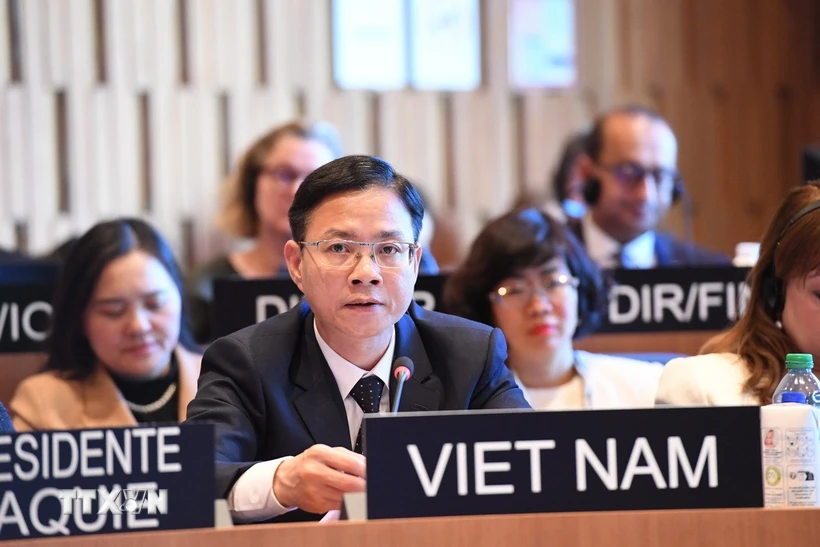
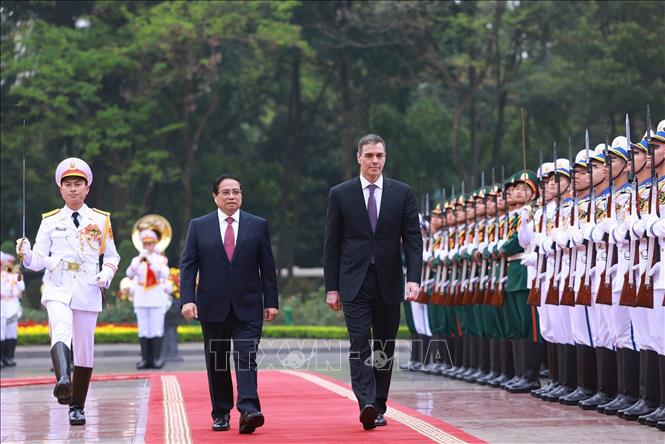








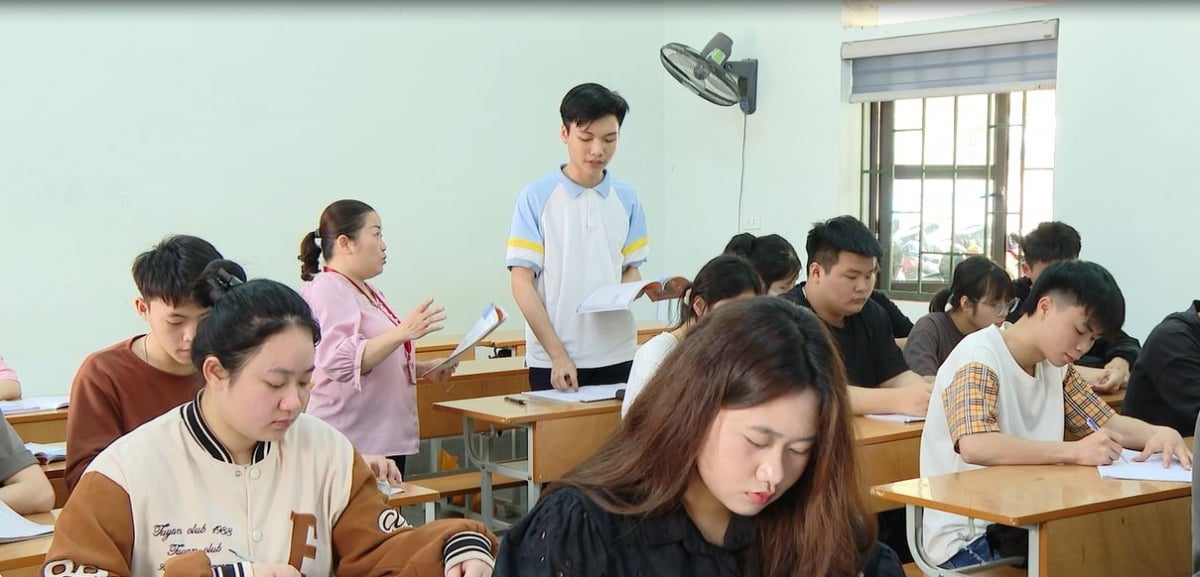
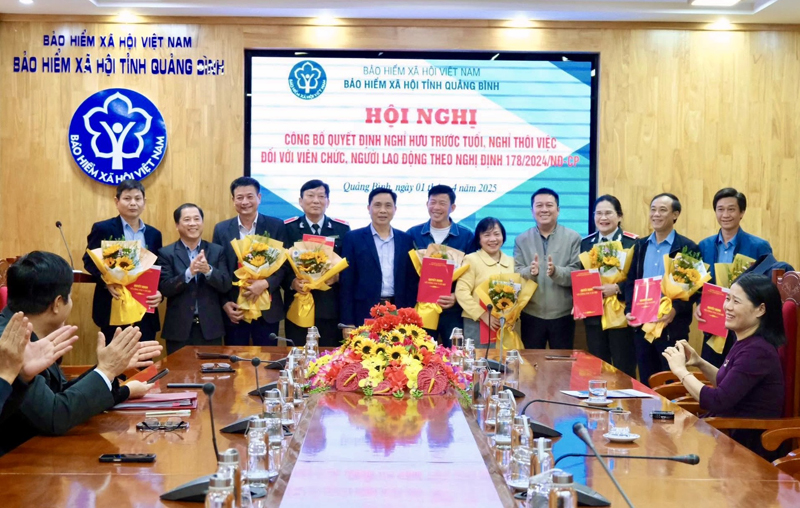

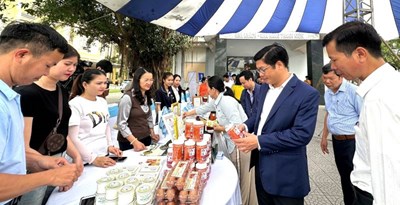
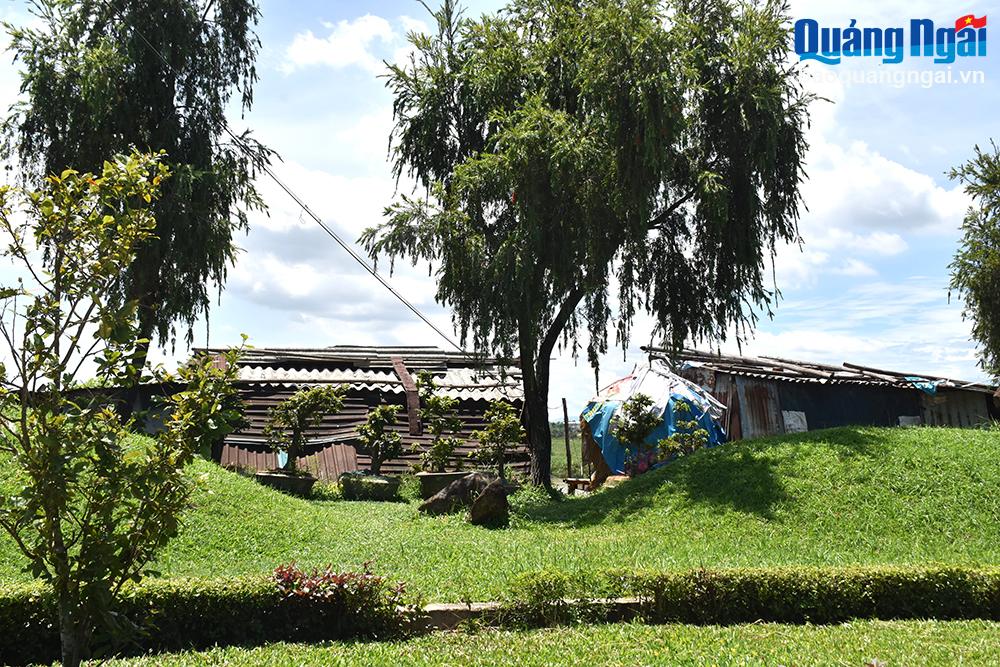
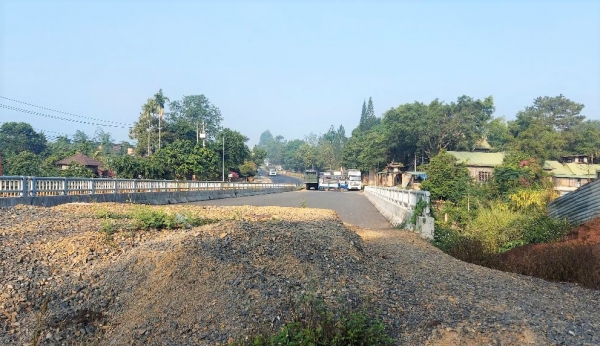










Comment (0)